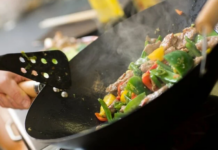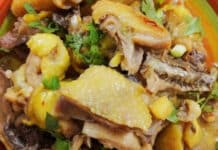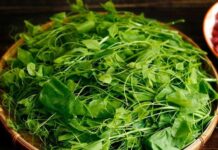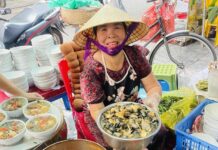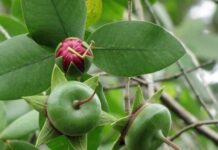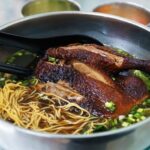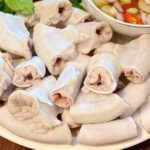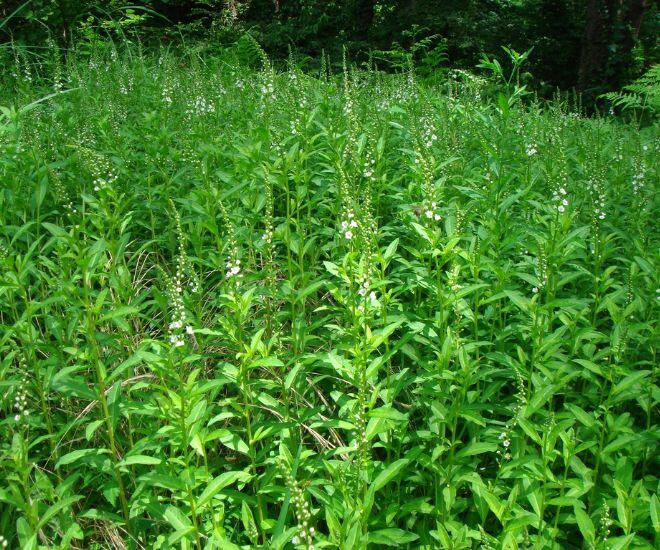
According to botanical records, Lysimachia fortunei Maxim, commonly known as “rau tinh tú,” belongs to the Primulaceae family. This perennial herb typically grows between 40 to 60 cm tall, featuring alternate or nearly opposite leaves with slender, elongated blades. One of its most distinctive traits is the cluster of white flowers forming a pyramidal shape at the top, standing out prominently against the foliage.
Thriving in moist environments, this plant flourishes in shaded areas or regions with moderate cover. It is commonly found along field edges, damp pathways, and water-retaining soil pockets after rainfall. Adapted to tropical humid climates, it grows year-round, peaking during summer. Flowering occurs from June to August, while fruiting takes place between August and November.
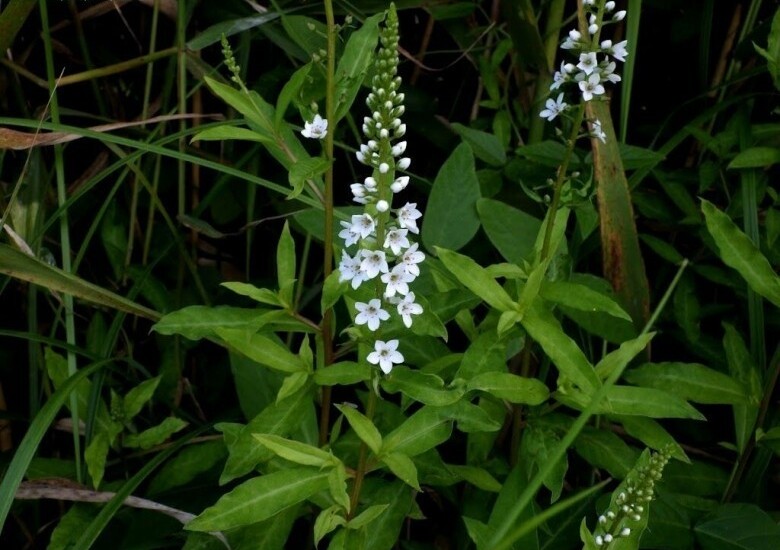
In Vietnam, rau tinh tú is predominantly found in northern mountainous provinces like Cao Bằng, Lạng Sơn, and Quảng Ninh, where humid soil and streams are abundant. It also grows in other Asian countries with similar climates, including China, Japan, and North Korea, typically in sparse forests or low-lying rice paddies.
Despite its prevalence in nature, rau tinh tú remains largely unknown in urban areas. Often mistaken for a weed, it is frequently removed during field clearing or roadside maintenance. However, in mountainous regions, particularly Lạng Sơn, it has been a staple in family meals for generations. Historically associated with poverty, it was easily gathered from fields or forest edges. The tender shoots and leaves are boiled, stir-fried with pork fat, or eaten raw with herbs. Its mild flavor and cooling properties make it a refreshing addition to summer meals.
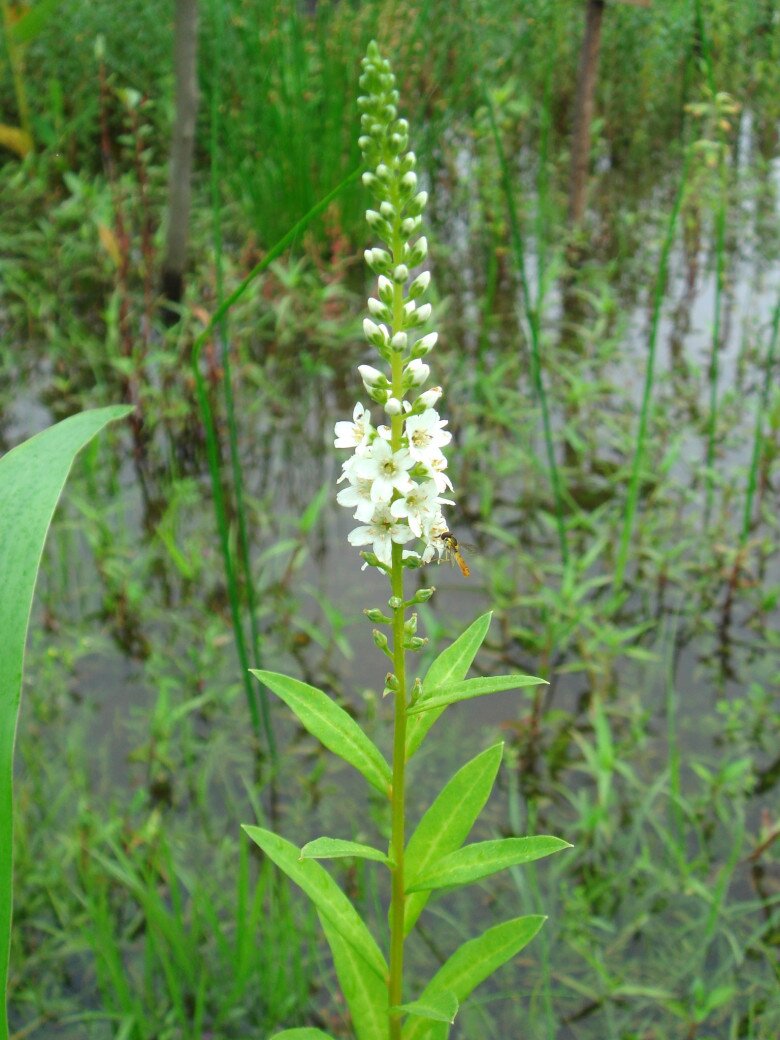
Beyond its culinary use, rau tinh tú holds medicinal value in traditional practices. Characterized by its mild taste and cooling nature, it is believed to reduce body heat, induce sweating to lower fevers, cool the blood, and disperse blood stasis. These properties make it effective for treating heat-related ailments, infections, and blood disorders.
The fresh shoots and leaves are often decocted for consumption, aiding in fever reduction, liver cooling, and heat detoxification. In highland communities, it is commonly harvested and either used fresh or dried for long-term storage as a herbal remedy.

Today, finding rau tinh tú in the wild has become increasingly challenging. Soil changes, shrinking agricultural land, and urbanization have significantly reduced its habitat. As a result, it is rarely seen in traditional markets or specialty stores. Since it is not cultivated on a large scale, those seeking it must visit rural villages or forest edges where it grows naturally.
In an era of diverse regional specialties, rau tinh tú symbolizes the fading indigenous plants of cultural significance. Preserving and valuing such wild species not only sustains regional culinary heritage but also safeguards traditional botanical and medicinal knowledge. Though not widely commercialized, rau tinh tú remains a cherished delicacy of northern Vietnam, embodying the harmonious blend of nature and local culture.







